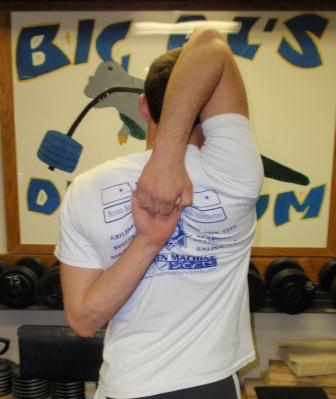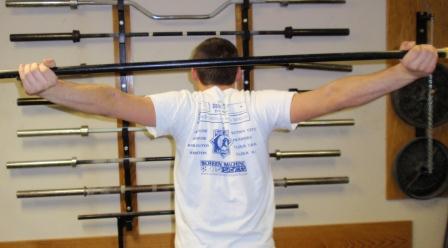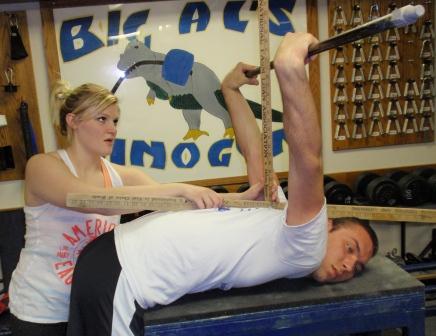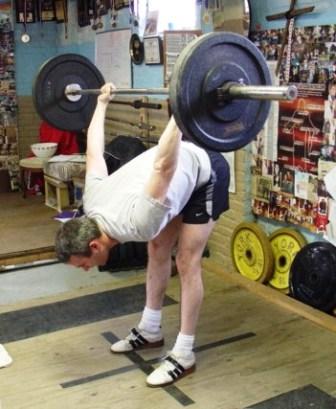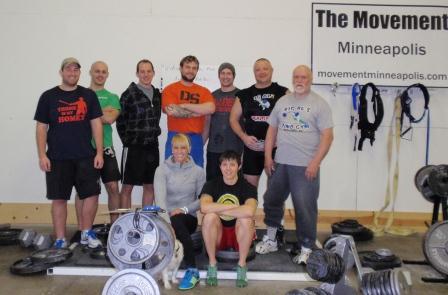USAWA Scoring
by Al Myers
One of the unique aspects of the USAWA is our scoring system for meets. I know there are several USAWA lifters who are not fully familiar (and completely understand) this scoring system so I’m going to take today’s story and go over it. Now – I’m not going to get into any discussion (or my opinion) on whether it is fair or not. That’s been hashed over many times and no one will ever be considered the victor. There will always be some who don’t think it is fair – young lifters, old lifters, light lifters or heavy lifters. I’ve heard it from all.
The USAWA scoring system is not outlined anywhere in the Rule Book. It has been one of those “unwritten policies” of the USAWA that has been in place since the beginning. Bill Clark is the one who came up with the way our scoring is done. By the way, the IAWA uses the same scoring system (with some minor differences). It is just the way it has always been done. Simply put, a lifters total weight lifted during the day (on their max lift in each event) is adjusted for the lifters bodyweight (by using the Lynch Formula) and corrected for age allowance (1% per year starting at the age of 40). This gives each lifter an adjusted Lynch Points that can be used to determine the ranking of the meet. By using this system, lifters of all ages and bodyweights can be compared. Now it’s time for questions.
May a Meet Director use a different scoring system if they want?
The answer is YES, but the recommendation from the USAWA is to use the system we have in place so we have meet consistency. Championships are different in that they definitely are REQUIRED to use this scoring system. But if a meet director wants to have divisions for awards, that is acceptable. The USAWA has always allowed meet directors to give out any awards they want to and to whom they want to. That is another “unwritten policy” of the USAWA.
How do I get these factors for the Lynch Formula and formulas to do these calculations?
The Lynch Formula is available on the website under “Scoring Information” on the Home Page. It is a MUST READ to fully understand all the details of the USAWA Scoring System. Everything is available on that page to successfully score a USAWA competition.
Is there a spreadsheet available to do this scoring system?
GOOD NEWS on that question! For the last 6 months we have been using an Excel Spreadsheet developed by Mike Murdock. All of the “bugs” have now been worked out of it and it will be “released” in the near future. It makes scoring a USAWA meet very easy! The Lynch Factors and age adjustments are built into it. It even has the capabilities of printing off certificates for each lifter which summarizes their lifts.
